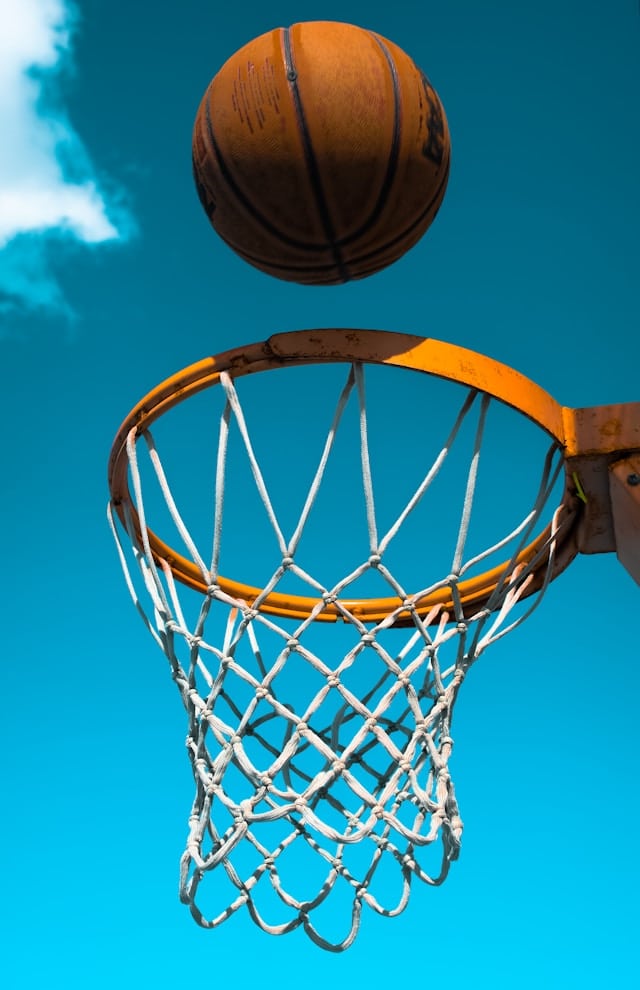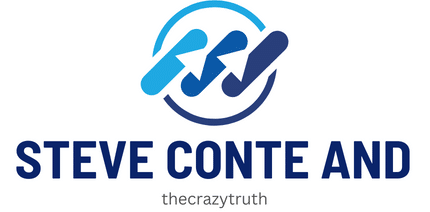What’s the Best Approach to Developing Agility and Quickness in Wheelchair Basketball Players?

As you venture into the world of sports, you will often find yourself challenged to outperform your previous personal bests. You will be compelled to soar to new heights, to gain greater strength, and to increase your speed. In a sport like wheelchair basketball, these challenges are met head-on with grit, determination, and a strategic training approach compiled from extensive studies and tests. But, what’s the best approach to developing agility and quickness in wheelchair basketball players? This article aims to answer that question by delving into the various modalities of training that can be employed to boost performance levels in wheelchair basketball athletes.
The Significance of Agility and Quickness in Wheelchair Basketball
Before delving into the best approaches to developing agility and quickness in wheelchair basketball players, it would be prudent to understand the importance these skills hold in the sport. In essence, wheelchair basketball is a high-paced game that demands quick decision making and fast movements from its players. It is not a game solely reliant on strength. It is a sport wherein the players’ agility and quickness can significantly affect their performance.
Sujet a lire : What’s the Latest on the Use of Exergaming in Rehabilitation for Sports Injuries?
Agility in wheelchair sports refers to the ability to change direction quickly while maintaining control of the wheelchair. It is a crucial skill to master, allowing players to dodge opponents, take sharp turns, and maintain their balance even in the most strenuous of situations.
Quickness, on the other hand, is related to speed. It is the aptitude to execute athletic tasks or reactions with a minimal amount of time. Quickness permits players to respond rapidly to the ever-changing dynamics of the game, whether it’s zooming towards the basket or retreating to a defensive position.
A lire en complément : How Can Nasal Breathing Techniques Benefit Athletes in High-Intensity Sports?
The Role of Physical Training
Just like any other sport, physical training plays a crucial role in enhancing the performance of wheelchair basketball players. However, the focus is on different muscle groups compared to traditional athletes. Studies indicate that a targeted approach focusing on upper body strength and core stability can significantly improve agility and quickness.
Upper body strength is vital for players to propel their wheelchairs with power and speed. This strength can be developed through various exercises like wheelchair sprints, push-ups, and weighted arm exercises.
Core stability, on the other hand, is a critical component of agility as it allows players to maintain balance and control while maneuvering their wheelchairs. Exercises like seated twists, dips, and planks can help in strengthening the core muscles.
The Influence of Sports Med and Scholarly Studies
Sports medicine and scholarly studies have immensely contributed to honing the training methods for wheelchair basketball players. The sports med sector has been instrumental in designing and modifying wheelchairs to improve agility and speed, while scholarly studies have provided insights into the most effective training methods.
One such study published on Google Scholar demonstrated that a combined training approach focusing on strength, agility, and speed showed significant improvements in the performance of wheelchair basketball players. It revealed that players who underwent this comprehensive training program had better scores in agility and speed tests compared to those who focused only on strength training.
The Impact of Agility and Speed Tests
Testing is an integral part of training. Regular agility and speed tests can provide valuable insights into a player’s progress and assist in tailoring their training program.
Agility tests can include exercises like slalom courses, where the players are required to navigate their wheelchairs through a set of cones in the least possible time. These tests can evaluate a player’s ability to change direction quickly and efficiently.
Speed tests, on the other hand, can assess a player’s quickness. Sprint tests, where players are timed while they cover a specific distance, can be an effective way to measure speed.
The Power of Time and Consistency
Lastly, remember that developing agility and quickness is not an overnight process. It requires time, consistent effort, and a dedicated approach to training. As you continue to train regularly, your muscles will adapt to the increased workload, thereby improving your strength, agility, and speed.
In conclusion, developing agility and quickness in wheelchair basketball players involves a multi-faceted approach. It requires targeted physical training, taking advantage of insights from sports med and scholarly studies, regular testing, and most importantly, time and consistency. It’s not an easy path, but with determination and hard work, it can lead to significant improvements in performance.
The Correlation between Functional Classification and Agility Training
Functional classification is a crucial aspect to consider when developing agility and quickness in wheelchair basketball players. Players are categorized into different classes based on their functional capabilities, largely influenced by factors like the severity of their spinal cord injury. For instance, players with less functional disability are classified higher and vice versa. Therefore, understanding functional classification can provide valuable insights for tailoring agility training to meet the specific needs of each player.
Various studies, such as those published on Google Scholar and Scholar Crossref, have indicated the importance of this correlation. For example, players with a higher functional classification tend to have better pass accuracy, which in turn is significantly influenced by their agility levels. This is because these players can maneuver their wheelchairs with more speed and precision, thereby boosting their overall performance.
Functional classification-based training emphasizes different aspects of agility and quickness. For players with lower classifications, the focus might be on building foundational skills and basic movements, while for higher-class players, the training may concentrate more on enhancing speed and explosive strength.
In essence, understanding the functional classification of players is a vital step towards developing comprehensive and individualized agility training programs that can effectively cater to each player’s specific needs and abilities.
Leveraging Scholarly Research and Technological Advancements
In the era of rapid technological advancements, leveraging scholarly research and technology can provide a significant edge in enhancing the performance of wheelchair basketball athletes. Platforms like PubMed Google have a vast collection of research papers providing insights into various training methodologies to improve speed agility.
Utilizing technology and tools such as motion capture systems can assist in assessing and improving the movements of wheelchair basketball players. This technology can help in evaluating the efficiency of a player’s wheelchair propulsion technique and their ability to change direction swiftly. Consequently, the data collected can be utilized to design customized training plans to improve these aspects.
Moreover, technology has ushered in the development of advanced wheelchairs designed to enhance speed and maneuverability. These wheelchairs are not only lightweight but also incorporate features that enable quicker changes in direction while maintaining balance.
In conclusion, integrating scholarly research and technology into training programs can significantly amplify the agility and quickness of wheelchair basketball players. It paves the way for data-driven training methodologies, allowing for targeted improvements based on reliable and precise data.
Conclusion
In the realm of wheelchair basketball, developing agility and quickness is a complex task that requires a strategic and comprehensive approach. This article has highlighted the significance of these attributes, the role of physical training, the impact of agility and speed tests, and the importance of functional classification in tailoring agility training. It also emphasized how leveraging scholarly research and technology can contribute to enhancing the agility and quickness of wheelchair basketball players.
Remember, developing these skills is a long-term commitment that requires consistency, perseverance, and dedication. The journey is challenging yet rewarding, leading to significant improvements in performance and allowing athletes to reach their maximum potential. With the strategies outlined in this article, including insights from Google Scholar, Scholar Crossref, and PubMed Google, wheelchair basketball athletes can forge a path towards achieving greater agility, quickness, and overall excellence in the sport.
